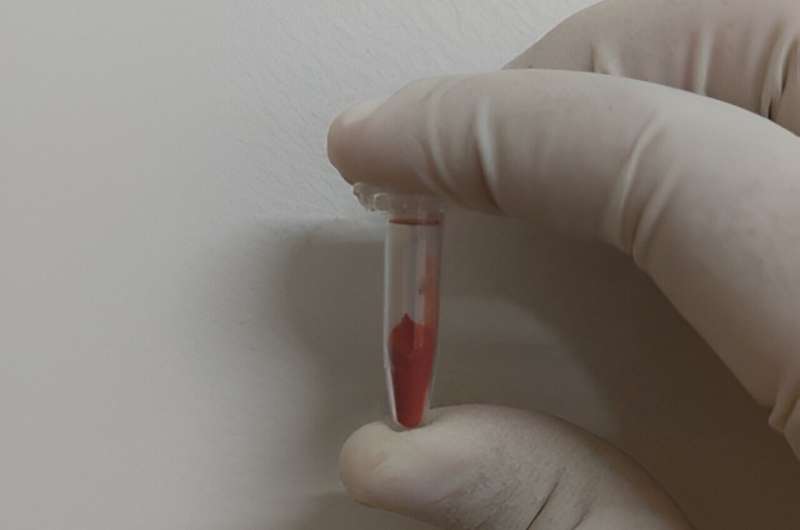This article has been reviewed according to Science X's editorial process and policies. Editors have highlighted the following attributes while ensuring the content's credibility:
fact-checked
proofread
Scientists develop a new high-efficiency mercury removal photocatalyst

Scientists from Shanghai University of Electric Power of College of Energy and Mechanical Engineering have developed a new high-efficiency mercury removal photocatalyst.
They published their work in Energy Material Advances.
"It is imperative to develop energy-saving, safe, and sustainable photocatalytic mercury removal technology," said paper author Wu Jiang, a professor with the College of Energy and Mechanical Engineering of Shanghai University of Electric Power. "Currently, thermocatalytic technologies account for most of the market, but they are constrained in terms of manufacturing costs and sustainability,"
Wu explained that as an alternative to thermocatalytic technology, photocatalysis technology has several significant advantages, especially as a photocatalytic mercury removal technology for flue gas, which can effectively control flue gas mercury emissions.
"Photocatalytic technology uses the principle of converting solar energy into chemical energy, which has great potential in solving the problem of air pollution and has the characteristics of environmental friendliness, energy saving, safety, and sustainable development," Wu said.
"Photocatalytic oxidative mercury removal technology [uses] the generation of active free radicals under visible light, [oxidizes] Hg0 to Hg2+, and [uses] existing air pollution equipment to remove mercury. The technology has no secondary pollution, good stability, and is gradually applied in pollutant control."
However, photocatalytic technology cannot be simply exchanged with thermal catalytic technology to remove flue gas mercury. Efficient mercury removal photocatalysts need to have the following conditions:
(1) Small band gap, which can improve the response spectral range and improve the utilization rate of light energy.
(2) It should be ensured that the valence band potential of the material is corrected compared to the potential that can produce a strong oxidizing substance, and the conduction potential of the material should be more negative than the potential that can produce a strong oxidizing substance.
(3) More active sites: the current view of the catalytic community is that the active site has the highest photocatalytic activity, so a larger specific surface area is required to load more active sites and improve the activity of the photocatalyst.
(4) Higher carrier lifetime, photon excitation electron transition, produce electron-hole pairs, once the electron and hole in vivo recombination, will not be able to occur catalytic reduction reaction, so increasing carrier life is to improve the probability of the reaction between electron holes and mercury. According to Wu, the development and improvement of photocatalytic mercury removal technology has a long way to go.
Wu Jiang and his team reviewed previous work and developed a series of bismuth-based photocatalytic mercury removal materials. "The strategy of constructing heterojunctions can effectively adjust the energy level structure of composite photocatalysts, optimize the photoresponse performance, and accelerate the efficient transport and separation of carriers."
"In this work, we introduce defect engineering and couple g-C3N5, which further improves the photocatalytic mercury removal performance of bismuth-based materials. Our results provide theoretical support for the application of g-C3N5 and its composites in the field of flue gas mercury removal."
"In order to develop reliable and stable photocatalytic mercury removal materials, we constructed a g-C3N5/Bi5O7I composite photocatalyst by calcination."
"The composite's unique Z-scheme heterojunction structure has nitrogen and oxygen vacancies, which facilitate efficient separation and migration of electrons and holes. Wu said. In this work, the photocatalytic mercury removal reaction mechanism of built-in electric field and defect structure co-treatment is proposed. This work opens up a new route for the synthesis and development of g-C3N5 photocatalytic heterojunction materials."
More information: Weiqun Chu et al, Z-Scheme Heterojunction g-C 3 N 5 /Bi 5 O 7 I High-Efficiency Mercury Removal Photocatalyst, Energy Material Advances (2023). DOI: 10.34133/energymatadv.0064
Provided by Beijing Institute of Technology Press Co., Ltd





















